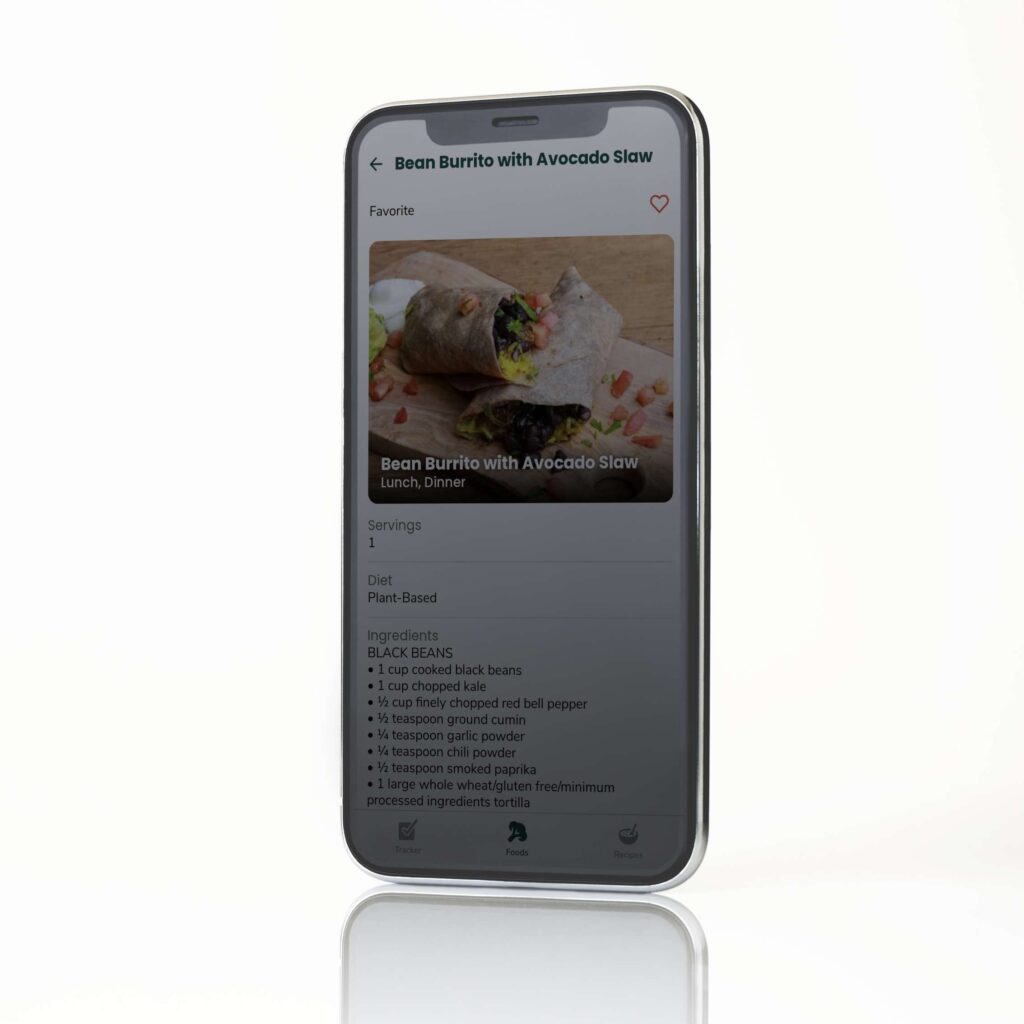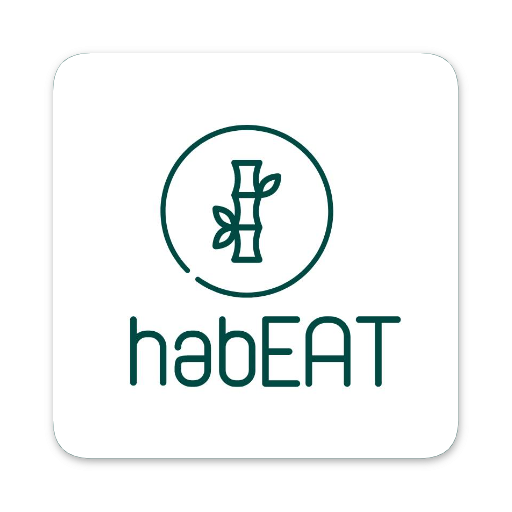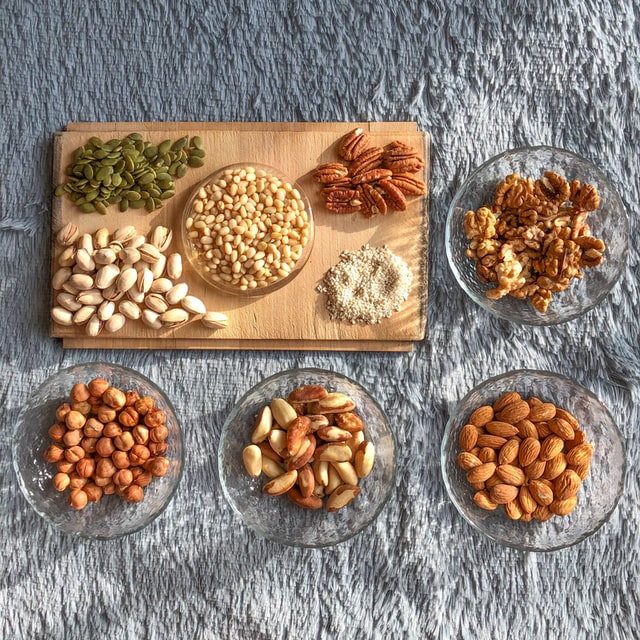If you google soaking nuts, seeds, legumes, or grains you may get hit with the word “anti-nutrient” and “phytic acid” (phytates). Now, before you freak out and start getting rid of these items, I want you to understand that this is not always a bad thing.
When it comes to nuts, seeds and legumes, they are a powerhouse of condensed nutrients and minerals. However due to regional climatic conditions, methods of harvesting, crop production, etc, some crops become contaminated with bacteria and mould. You wouldn’t just buy a tomato, apple, cucumber, etc, and eat it without washing it right?
Why do we want to soak nuts and seeds?
If you do not have a solid base of nutrition, suffer with digestive issues, or are at risk for disease related to mineral deficiencies (i.e anemia, osteoporosis, etc.), nuts and seeds (and grains too) contain substances that can interfere with the body’s ability to absorb nutrients and cause irritation to the gut (hi bloating, inflammation, toooots). Soaking (“activating”) these foods can reduce the amount of phytate that they contain.
What is phytic acid (phytate)?
For plants, phytic acid is vital, as it protects the nut or seed from “enemies” until proper growing conditions are present and germination can occur.
For humans, moderate levels of phytic acid and enzyme inhibitors can cause potential problems in our bodies. Why? Because it binds to nutrients in the body thereby causing nutrient deficiencies and digestive system irritation. BUT, this is only relevant if large amounts of your daily eating habits are made up of phytate containing foods. The odd handful of almonds here and there do not contain enough phytic acid in order for it to be harmful for humans.
If you are consuming grains, legumes, nuts and seeds on a daily basis, then it would be a good idea to at least soak 1-2 of these. The easiest are nuts and seeds to soak, rinse canned legumes before using them, wash or soak grains for 20-30 minutes before cooking them. You don’t have to be pedantic and start soaking everything because number 1, it’s not necessary, not all seeds need to be soaked, and you need to weigh the time vs benefit outcome, and number 2, phytates have been shown to actually be beneficial. Phytates have great anti-cancer benefits, so removing them completely is not a good idea. It’s all about balance!
I will say until I’m blue in the face, you are not what you eat, but what you absorb. Seeds and nuts store phosphorus as phytic acid and it becomes a phytate when it binds to a mineral. Why is this important? Because this process can stop nutrients from being absorbed in the digestive system and reduce the digestibility of these foods. So you can be eating the best foods in the world but then not actually absorbing the wonderful nutrients efficiently. I’m going to repeat myself here, phytates are not all bad, it’s about balancing them out and adjusting to your body.
Does everyone need to soak their nuts and seeds?
There is no black and white answer to this. Generally a healthy digestive system and varied diet of fruits and vegegetables can tolerate certain amounts of phytic acid and enzyme inhibitors without a problem. However, if you consume many high phytate foods or use a lot of nut flours or legumes in cooking, then soaking will be very useful. Some don’t even realise they have an issue with digesting raw nuts until they have introduced a batch of soaked nuts for the first time.
Below is a suggestion on how to soak your nuts and seeds
There are 2 parts to the soaking process.
- Soaking in warm salt water:
- The warm water will neutralize many of the enzyme inhibitors.
- The salt helps activate enzymes that deactivate the enzyme inhibitors present in nuts.
- Low-temperature dehydrating
- helps to break down much of the phytic acid thereby reducing it’s content.
Method:
- 4 cups of raw unsalted nuts
- Warm water
- Salt
Directions:
- Place the nuts in a bowl and cover with warm water until all the nuts are submerged.
- Add 1-2 tablespoons of sea salt (depending on the nut variety).
- Leave it on the counter top covered for 7 hours or overnight.
- Rinse the nuts so the salt residue comes off and spread evenly over a baking sheet/ dehydrator rack.
- Dry at a low temperature. If you’re using an oven then dont go over 150f (50C-60C). If you’re using a dehydrator then dry for 12-24 hours or until slightly crisp.
- You want to make sure the nuts are fully dried to avoid any moisture that could create mould.
- Store it in an airtight container in the fridge.
Soaking times for nut/seed varieties:
Pecans, walnuts, pumpkin seeds and sunflower seeds:
- 2 tbsp salt to 4 cups of raw unsalted nuts each
- 7+ hours soaking time
Pine nuts, hazelnuts (skinless), almonds and macadamias:
- 1 tbsp salt to 4 cups of raw unsalted nuts each
- 7+ hours soaking time
Cashews:
- 1 tbsp salt to 4 cups of raw unsalted nuts each
- <4 hours soaking time (as this is a soft nut)
So there you go, now it’s up to you to decide if you want to soak or not. You will probably find more benefits to soaking than not, especially if your foods make up quite a chunk in high phytate foods (nuts, seeds, grains, and legumes), bloating is a common occurrence, or you find undigested seeds/nuts in your stool. All these foods are phenomenal and have massive health benefits, so please don’t feel the need to reduce them due to phytates, just soak what you can, when you can. 🙂
Build healthy eating habits – download habEAT tracker now!




